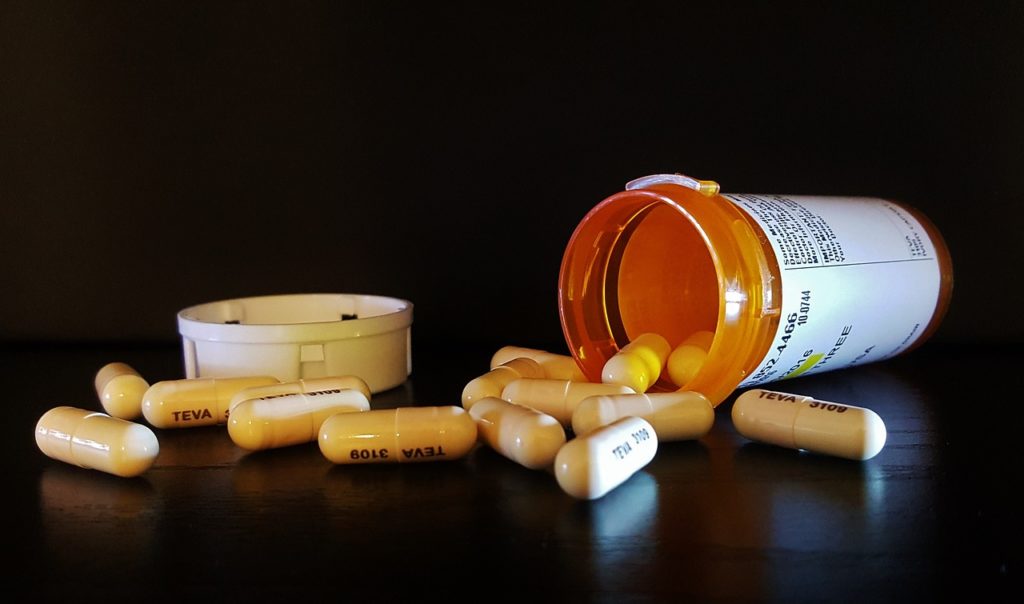There’s no shelf too high or a bottle too tight that can kill a child’s curiosity. For all the cushioned furniture corners and safety gates that parents install to child-proof their homes, the safe storage of medicines out of a child’s sight and reach is grossly neglected. According to a recent report by Safe Kids Worldwide, every 12 days, a child under age six in the United States dies from an accidental medicine-related poisoning. Every hour, a child is hospitalized for that same reason, and every nine minutes, a child goes to the emergency room. This, despite the increasing use of child-resistant packaging by manufacturers of pill bottles.
Emil Jovanov and his team have designed a “safe pill bottle” equipped with sensors that can identify when a child is trying to open the bottle. With further design, it would even be able to flash warnings to deter them from doing so, as well as notify parents or guardians. This pill bottle, which imbibes the spirit of Internet of Things and makes innovative use of capacitive sensing technology, could distinguish between the touch of a child and an adult with 96.4% accuracy over 474 bottle-opening exercises.
The scientists affixed capacitive sensors around a pill bottle, and embedded a microcontroller (a tiny computer) in the pill bottle to record and process the signals generated by touch. Capacitive sensors are made up of capacitors. The charge stored in a capacitor creates a small electric field around the capacitor. When a finger comes in the region of this electric field, it disrupts the field by drawing a small amount of charge away from the capacitor, which changes the capacitance of the capacitor. This is the basic principle of capacitive sensing technology, which is used widely in touchscreen devices and for gesture recognition applications. Because children’s hands are smaller, their fingers would touch fewer sensors when gripping the bottle, causing a lesser change in capacitance than that caused by an adult. Thus, the touch patterns generated by a child would be different from that of an adult; this is the underlying principle behind the safe pill bottle developed by the researchers.
Eight adults (over 20 years) and eight children (aged 5–10 years) were asked to open and shut the bottle many times, to recreate the action of taking a pill out of the bottle. The participants were not instructed on how to perform these tasks, in order to capture measurements in real-time scenarios of opening a pill bottle. The scientists then used neural networks to analyze the data. A neural network is fashioned on the working of a human brain. It is basically a series of algorithms, which can be “taught” to find patterns in data. Data from some bottle-opening exercises were used to “teach” the neural network to distinguish between the touch patterns of a child and an adult. The other data were then used to “test” the accuracy of this neural network in identifying whether a child or an adult held the pill bottle. With an approximate error rate of just 3% and sensing accuracy of 97%, neural networks, in conjunction with capacitive sensing technology, can pioneer a change in the design of safer pill bottles.
This safe pill bottle developed by Jovanov and his team is a prototype, and there are many engineering and economic challenges to be resolved, such as the mass production of highly accurate smart pill bottles whilst keeping the cost per bottle down. Manufacturers would be happy to know, though, that advertising labels can be taped over the sensors without affecting their performance. The scientists believe that with some tweaks to design, these smart bottles would be able to generate audiovisual warnings to children when they try to open the bottle, and even transmit data over the internet to notify parents or guardians of the situation.


